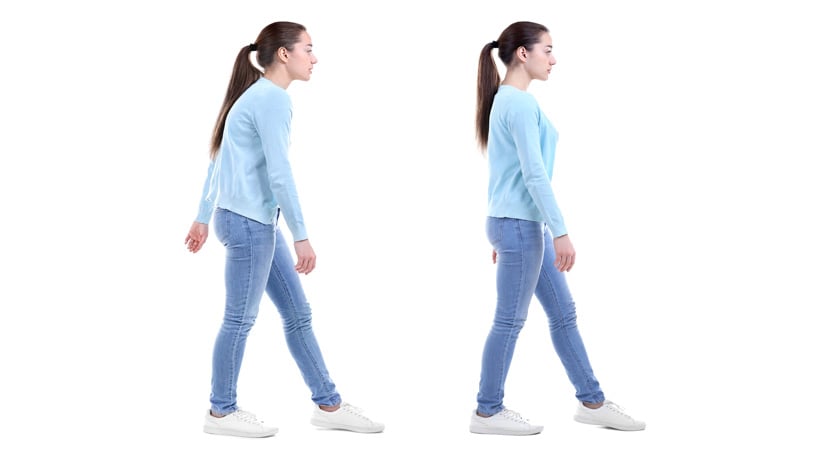Living in New York City has shown me that there are all types of walking styles. These crowded sidewalks don’t leave much room for people to stand around and chat, so I pass thousands of people walking at different speeds throughout the week.
When I moved here, I was surprised to learn there’s an unspoken speed limit on the sidewalks. During rush hour, the sidewalks are so crowded that I have to slow down my power walking habits. Sometimes, someone strutting with a purposeful swagger will slow down the flow of pedestrian traffic, while others might block the “passing lanes” by walking side by side with their friends across the path.
According to body language experts, the variety of walking styles in New York may reflect the range of colorful characters this city has to offer. Research suggests a person’s natural gait may reflect their personality.
This research doesn’t usually apply to a person’s health, so these studies’ findings don’t necessarily examine people who have physical conditions that inhibit their walking. Furthermore, these studies recommend more research in this area.
Yet if you tend to judge someone who is casually walking slowly in front of you when you’ve got places to go, your judgments might not actually be so far off.
Fast walking
A 2017 study published in the journal Social Psychological and Personality Science looked at data from over 15,00 walkers aged 25 to 100 years old. They studied correlations between the Big Five personality traits, which is a model commonly used to measure personality.
The study found people who had a faster pace had higher levels of extraversion, conscientiousness, and openness to new experiences. They also reported lower levels of neuroticism, meaning they were usually less sensitive or nervous.
Slower walking with age (more than usual)
Nearly everyone’s walking pace slows with age, but those who had a more dramatic change in pace reported higher levels of neuroticism and lower levels of extraversion, conscientiousness, and openness. Many of the same researchers published a study in 2016 in the Journal of Research and Personality that said extraversion and openness were also associated with more physical activity and less inactivity, meaning those fast walkers were more likely to stay active and maintain a strong walking pace as they grew older.
Slumped shoulders
Body language expert and 25-year veteran of the FBI, Joe Navarro, M.A., says a person’s shoulders are usually the most obvious indicator of confidence. People who walk with hunched, rounded shoulders are usually less assertive and less likely to accept leadership positions than those who walk with straighter posture.
Walking slightly to the left
If you’ve ever checked your phone for directions and looked up to find you’ve veered to the left, research suggests the anxiety of being lost might be affecting your gait. A 2016 study from the University of Kent found that blindfolded individuals who displayed inhibition or anxiety were prone to walk to the left, indicating greater activation in the right hemisphere of the brain.
This might be because the brain’s two hemispheres are associated with different motivational systems. These relate on the right side to inhibition and on the left to approach.
Sources:
https://journals.sagepub.com/doi/10.1177/1948550617725152
https://www.sciencedirect.com/science/article/abs/pii/S0092656616300368
https://www.webmd.com/healthy-aging/ss/slideshow-walk-style-meaning
https://www.psychologytoday.com/us/blog/spycatcher/201205/what-the-shoulders-say-about-us
https://www.spring.org.uk/2017/10/walk-personality.php
https://www.sciencedaily.com/releases/2016/01/160119141749.htm



